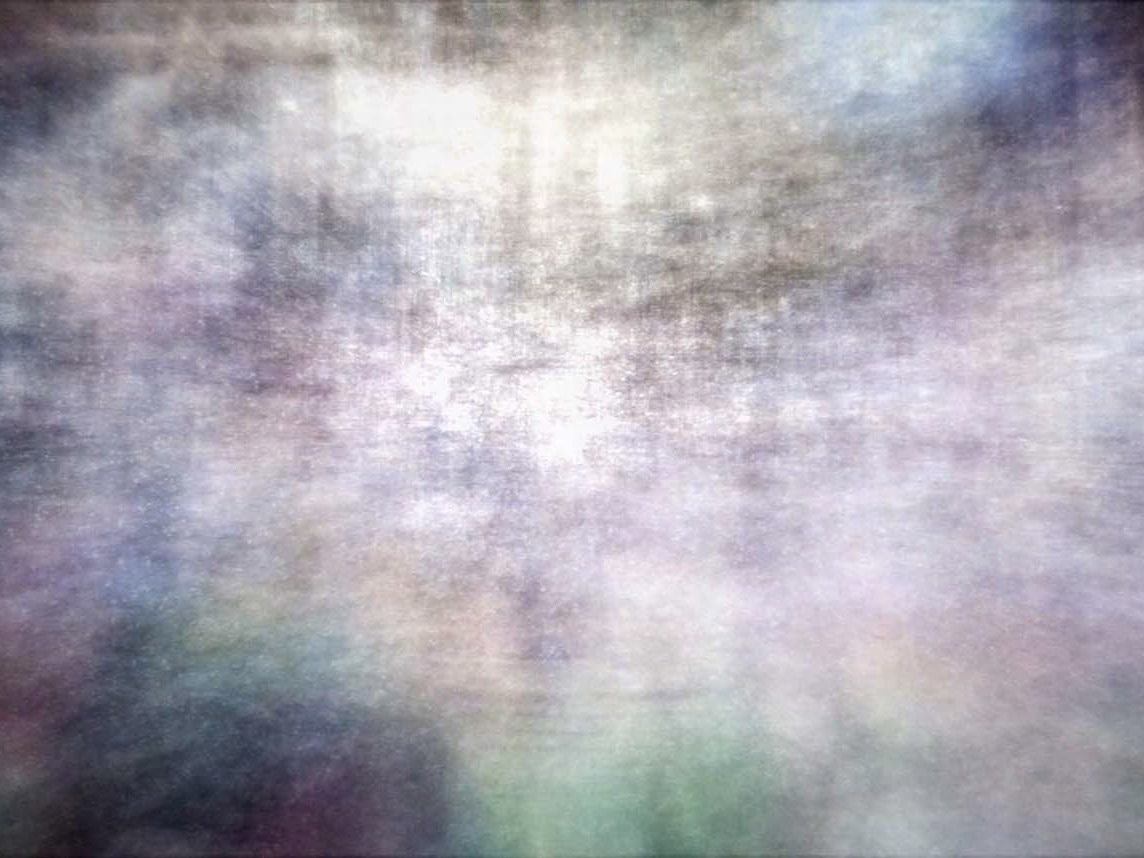
Anti-cosmos means the power that breaks through the cosmos/order. Inspired by Cosmos and Anti-cosmos by Japanese philosopher Toshihiko Izutsu. The soundtrack, which was mainly produced in the range of frequencies below 1000hz, physically vibrates the viewer's body.
EN
“I have a big interest in what each viewer creates from the movement of the images. I know it happens when we watch the TV noise. When I was five or six years old, I’d turn the TV on and if I tried to dive in to the image I could picture what I imagined, it was like deciding to which direction the image was moving even though it was pure visual noise.
I think this kind of things happen in my films, and I really try to make that kind of effect, that is a really interesting collaboration of the screen and image because we can approach it and sometimes the images reply. I really love that kind of conversation between my films and the viewers. I really don’t want to make propaganda images, one image/one answer/one direction. I want to do the opposite thing, each people imagining different things and stories. That is a very beautiful situation.”
Makino Takashi1
Desistfilm: This next question relates a lot to what you just said. Your images are composed by superimposition and multiple exposures, which create this moving abstraction of the way the universe and cosmos work. How did you find your way to this particular method, besides the collage… especially in your works from the early 2000’s?
Takashi Makino: The first idea came from collage theory and I tried this the first time at… Actually I’m hiding many Super 8 experimental films from when I was 17 until I was 21 years old; in four years I really did a lot of experiments using only Super 8. Then I tried to make multiple exposure films, shooting and rewinding, and shooting again… and that came from the same idea, through collage. I can still, beyond my imagination sometimes, be surprised with what happens in the same shoot, because I cannot comeback to those images: If I shoot, rewind and shoot, and do a mistake, I kill the footage. So that was really good training to develop my technique.
After I graduated school I had a clearer idea about how to make film using the technique of layering. Then I made a first film, Eve, a very short one-shot film I edited in camera by shooting and rewinding, with double exposure. The first exposure was of a very hard wire, of metal, the second one was water. Two materials which were so different, one an artificial thing, and the other very flexible. So I tried to melt each one into the film, and create a new image with this friction of materials. After that I made many films, but every film was done using the layering technique. In every film I have a different concept.
Like in Memento Stella, where I shot everything with water. So my ideas came from collage theory, mixed layers. I don’t have so much interest to shoot something clearly and showing it on the screen. I’m thinking about the imagination in our brain: we say we have memory and we have images, but I don’t believe the images we have in our imagination and in our brain are so clear, it’s something very, very complicated… like dust, that sometimes looks like an image but it’s actually not one. I have a very big interest for the image of dreams and imagination itself. I think we have a very complicated set of beautiful images in our brain. So I’m trying to approach that kind of image. I make a lot of layers, but each layer still survives as a memory… and when we watch the image we can select how to watch it accordingly to our own imagination, our own relationship between the film and our brain. That’s why I use the technique of the layer and the abstract image.
Desistfilm in conversation with Makino Takashi2
- 1Makino Takashi, “Takashi Makino: ‘I have a big interest for the image of dreams and imagination’,” desistfilm, interview by Nicole Remy and José Sarmiento-Hinojosa, 1 July 2019.
- 2Makino Takashi, “Takashi Makino: ‘I have a big interest for the image of dreams and imagination’,” desistfilm, interview by Nicole Remy and José Sarmiento-Hinojosa, 1 July 2019.

